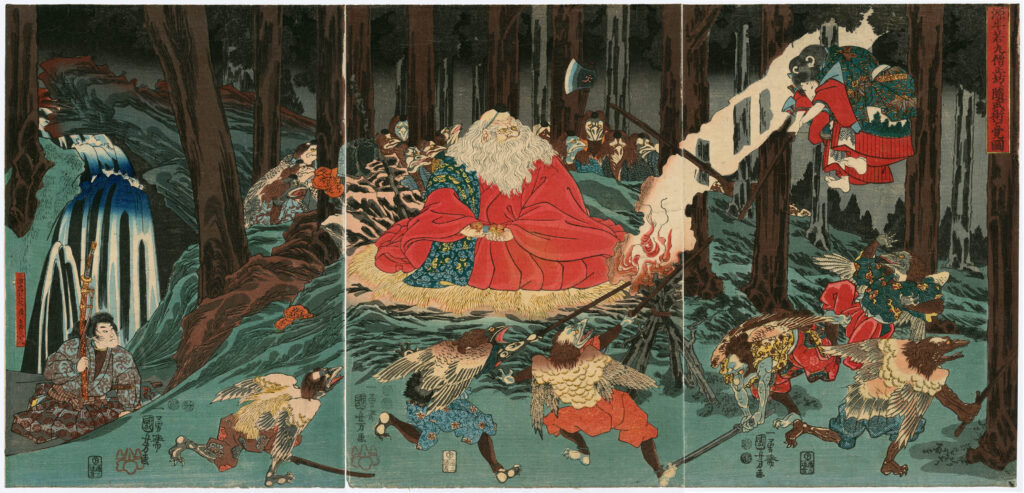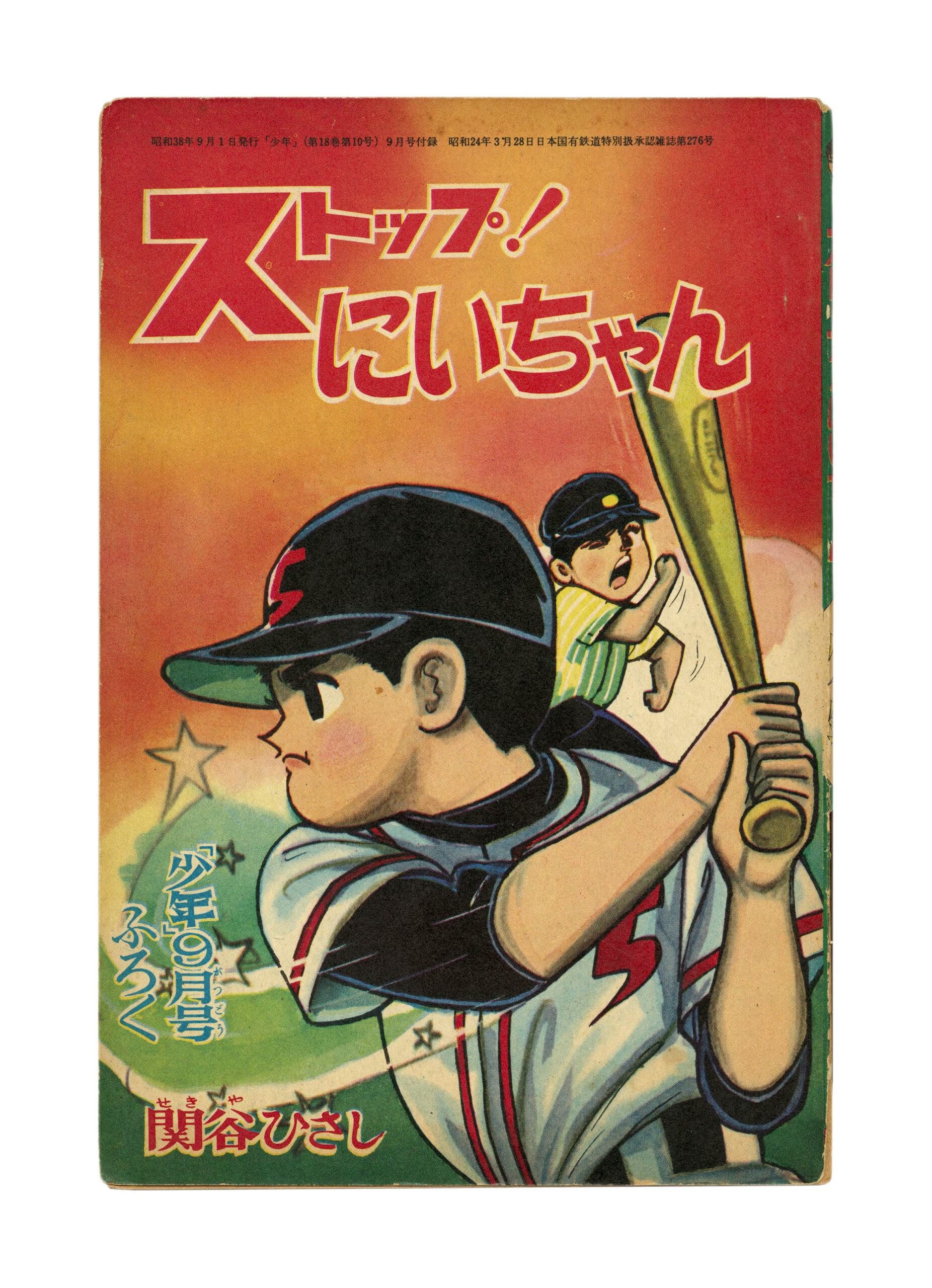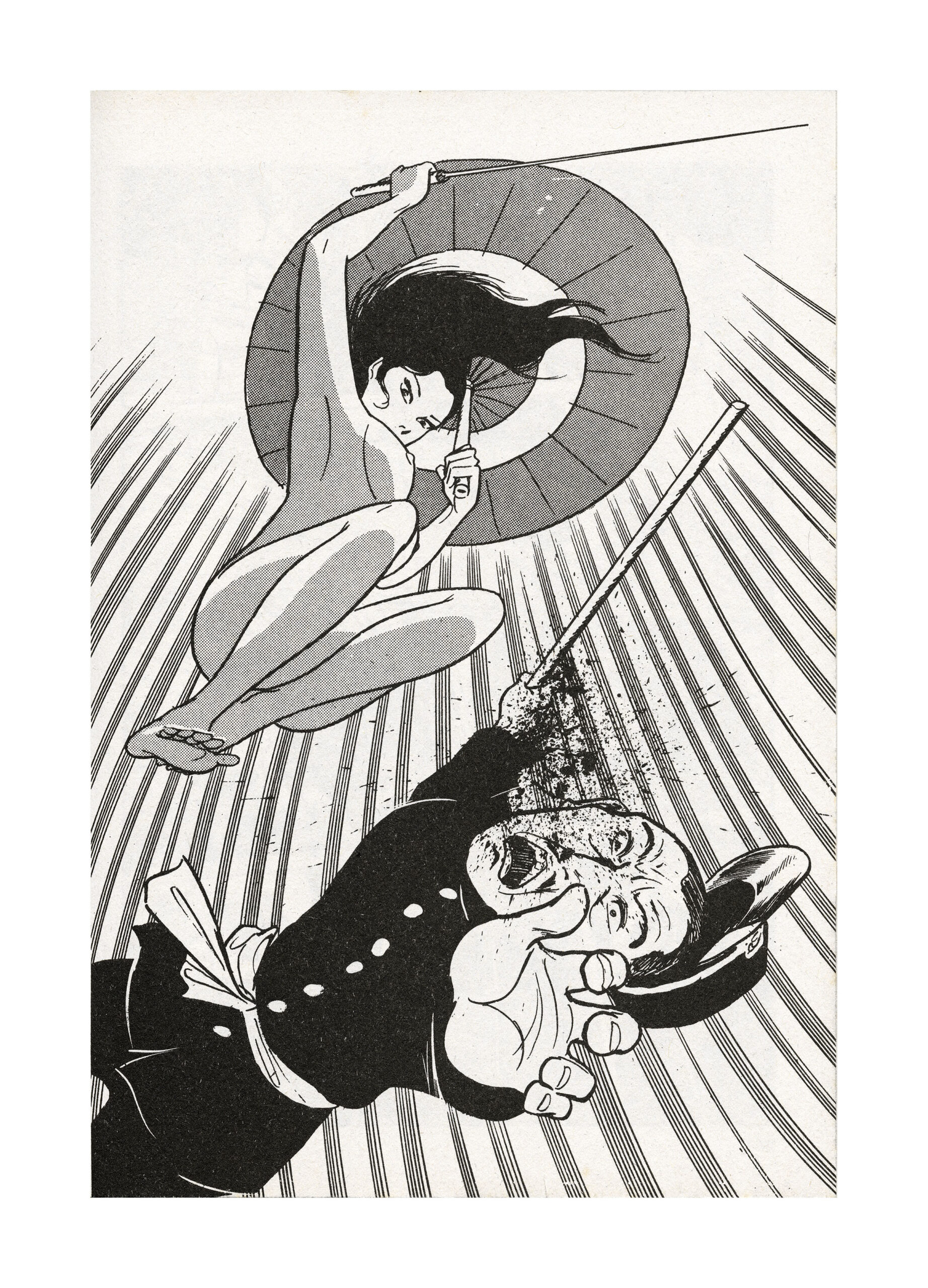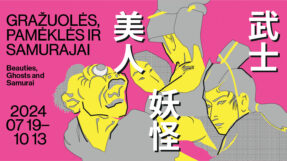National Gallery of Art of Lithuania Invites Visitors to Explore Japanese Pop Culture
The exhibition opens on Friday 19 July 2024 at 6pm.

From 19th July, the National Gallery of Art of the Lithuanian National Museum of Art will host an exclusive exhibition exploring Japanese popular culture. Entitled Beauties, Ghosts and Samurai and curated by Dr. Arūnas Gelūnas, Director General of the Lithuanian National Museum of Art, the exhibition will showcase the impact of pop culture of the Edo period (17th-19th centuries) on the imagination of contemporary Japanese creators. The display will feature historical ukiyo-e prints, early and contemporary manga, excerpts from anime films, and multiple works by renowned contemporary Japanese artists. The show will be open to visitors until 13th October.
‘A certain culture becomes popular when it leaves the territory of the privileged class and reaches the masses. We, 21st-century people, often see mass with a negative connotation, associating it with lesser value; but let us turn back to 17th century Japan, where, after the horrific period of warring feudal lordships, peace finally took over. Ordinary people were getting by, engaging in leisure activities, and inventing entertainment: the country was witnessing pop culture slowly emerging. What is impressive is how early it rose and how many of its various forms have reached the present day. I hope that the show will encourage visitors to rethink the concept of pop culture, and to really see the people empowered by it,’ explains the exhibition’s curator, Dr. Gelūnas.
Visitors will get the chance to see not only works of famous Japanese artists but also the fascinating links between a mundane-looking advertising poster of a modern video game, a cartoon, a manga comic book, and diverse artifacts marking the origins of 17th-century pop culture.

Pop Culture Born in the 17th century
In the 17th century, Edo (now Tokyo), then the world’s largest city, was one of the first in the world to see the country’s strictly hierarchical society establish a leisure and entertainment area significant for the non-noble citizens (chōnin), the Yoshivara Entertainment District. It was here that the well-known forms of Japanese popular culture were born, reaching enormous success far beyond the country’s borders: kabuki theatre, the art of ikebana flower arrangement, haikai poetry, and the colourful woodblock prints of ukiyo-e. This is the first time in the history of world culture that a politically uninfluential group created high-quality art for their use, rather than for the needs of the upper classes (rulers, aristocrats, clergy).
The exhibition features artworks by more than 70 artists, ranging from Katsushika Hokusai to Takashi Murakami, from Kitagawa Utamaro to Osamu Tezuka, the ‘Manga God’. The juxtaposition of these works highlights the relationship between the socio-cultural revolution that took place in the Edo period of the 17th century and contemporary Japanese popular culture that is spreading worldwide through digital channels.

The Pop Culture Formula: Tempting, Frightening and Charming With Bravery
The exhibited works can be grouped into three categories: images of beauties (bijin), frightening or amusing stories of ghosts (yōkai), and feats of samurai (bushi, samurai). As the exhibition reveals, these three themes have been central to pop culture since the 17th century.
‘Pop culture tries to tempt, frighten, amuse and charm audiences with tales of bravery and strength. These aspirations are still present in today’s love and erotic dramas, horror films and comedies, thrillers, fighting films, and video games; not to mention the contemporary art that reflects, satirizes, and often questions these processes. All of this proves that human beings need very similar things even as the centuries change,’ says Gelūnas.
Curator: Dr. Arūnas Gelūnas
Chief Consultant: Professor Tetsuya Ozaki
Architects: Petras Išora-Lozuraitis, Ona Lozuraitytė-Išorė
Sound: Arturas Bumšteinas
Lighting: Eugenijus Sabaliauskas
Designer: Laura Grigaliūnaitė
Coordinator of the exhibition: Egla Mikalajūnė
Producing architect: Mindaugas Reklaitis
Coordinator of the events programme: Goda Aksamitauskaitė
Coordinator of the educational programme: Eglė Nedzinskaitė
English translator Emilija Ferdmanaitė
English editor Emma Stirling
Editor Ilona Čiužauskaitė
Project is funded by Ministry of Culture of the Republic of Lithuania
Partners: Bohdan and Varvara Khanenko National Museum of Arts, CASHI, M. K. Čiurlionis National Museum of Art, Galerie Gebr. Lehmann, UAB „Grinda“, Kaunas Photography Gallery, KuroNeko, Maironis Lithuanian Literature Museum, Manggha Museum of Japanese Art and Technology, Mizuma Art Gallery, Nanzuka Art Gallery, Perrotin gallery, Tsubouchi Memorial Theatre Museum, Waseda University & TOPPAN INC., Yukiko Kode Presents, Caffeine
Sponsors: AAS „BTA Baltic Insurance Company“ Lithuanian branch, Exterus, Fundermax, Narutis, UAB „VMGcorp“
Media sponsors: JCDecaux, LRT
Thanks: Cultural Attaché Gabija Čepulionytė and Embassy of the Republic of Lithuania to Japan, Antoine Frérot, Carmen and Daniel Klein, Darius Lebedzinskas, Vilius Jagminas, Gabrielius Dovydėnas, Keiko Okamura, Kyoto International Manga Museum, Japan National Diet Library.














